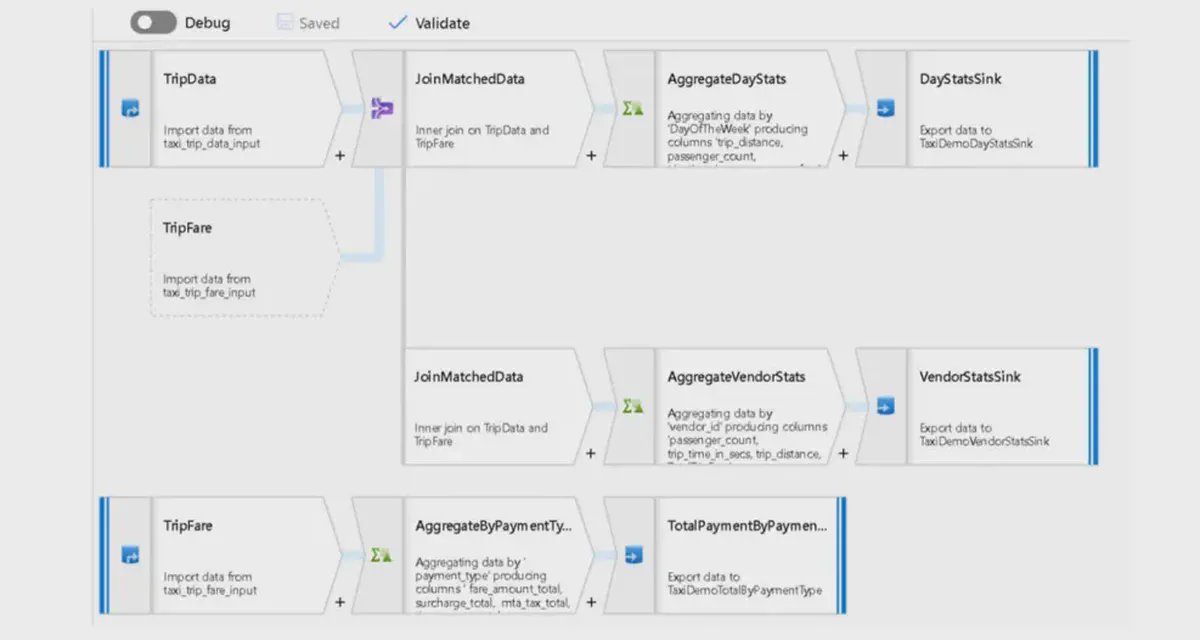
What is AI integration into applications?
- Mia Hatton
- Archive , Learning
- April 7, 2020
Table of Contents
Definition of AI integration into applications
AI systems such as natural language processing and machine learning algorithms can be integrated into existing applications to add functionality and improve their performance over time. Examples of AI features that can be integrated into applications are:
facial recognition image processing
speech processing
personalised content
Executive view
If your company is developing an application there are numerous development costs to consider that are associated with security features, personalisation and data collection. Often AI solutions exist to support these requirements, which are effective and improve your product over time. This leads to improved performance of your product, and greater customer satisfaction, as well as better, more efficient data collection.
AI integration into applications helps businesses:
save on development costs by introducing machine learning features.
create more secure and profitable products that effectively meet end-users' needs.
Business function leader view
AI integration into applications helps teams to build effective products with enhanced security features and intelligent, personalised content. These products are generally more profitable than applications without AI features because they attract a larger user base and introduce up-selling and retention opportunities. You may need this service if:
- you are developing an application.
- your team lacks data science skills and experience.
KPIs you should consider measuring for this are:
increased sign-ups to your application
increased revenue from up-selling via intelligent features (e.g. product/upgrade recommendations)
improved retention rate
Technical view
Developing intelligent features for your application leads to better usage feedback for you and a more efficient and personalised experience for the end-user. AI integration into applications helps deliver:
actionable feedback
automation
increased security
reduced development load
Get this service if you encounter:
difficulty or lack of time and resources for developing security, recommendation and automation features for your product.
a lack of insight into how your product is being used.
low customer retention.
Key criteria to consider are:
Does a solution for your automation and security needs already exist for integration?
Do you have the resources available to monitor feedback from AI integrations?
Are you able to store and process data from intelligent features securely?
Would AI features enhance your product?


